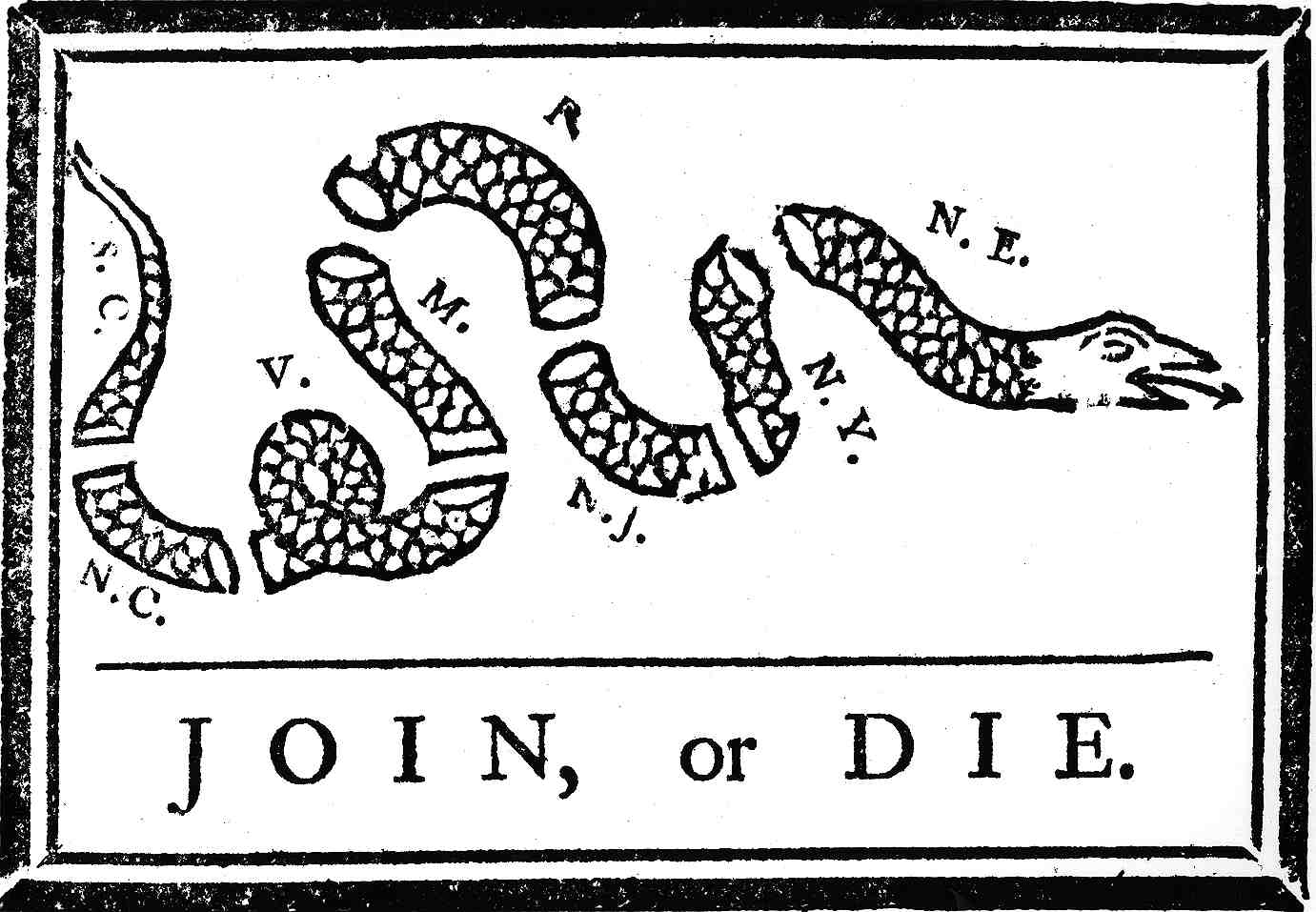APUSH Period 3 Review (1754-1800)
1/28
There's no tags or description
Looks like no tags are added yet.
Name | Mastery | Learn | Test | Matching | Spaced |
|---|
No study sessions yet.
29 Terms
Seven Year/ French and Indian War (1754-63)
The French and the natives joined together to fight the Brits off their territory
Treaty of Paris
Ended the Seven Year War, France gave it’s US soil to the Brits and Spain

Albany Congress
Albany plan of union: join the colonies to fight the french/natives
Salutary Neglect
Similar to Laissez-Faire, where the government doesn’t get too involved in it’s people’s affairs
Declaratory Act 1766
Britain could establish any laws they wanted in the colonies
Townshend Act 1767
Tax on imports
Tea Act 1773
Taxed tea, resulted in the Boston Tea Party
Patriots
Colonists who supported England
Continental Congress 1774
fought against British oppression, at their second meeting in 1776 they declared independence
Thomas Paine
Wrote “Common Sense” which advocated for Independence from Britain
Battle of Lexington & Concord
First battle of revolutionary war
Battle of Saratoga
French allied with the colonists after their loss
Battle of Yorktown
America’s victory against Britain
Articles of Confederation
First constitution in America, no centralized militry and no taxing
Northwest Ordinance 1787
Under the Articles of Confederation, any unmarked territory goes to the Union, and abolishes slavery in those areas
Shay’s Rebellion 1786
Angry farmers tried rebelling because of widespread economic hardships, exposes the Articles’ weakness
Constitutional Convention 1786
caused by shay’s rebellion, trying to establish a better constitution
Federalists vs Anti-Federalists
Federalists wanted a strong central government, Anti-Federalist wanted the states to have more power (laissez-faire)
Virgina/ New Jersey Plans (1787)
Virginia Plan - representation by population
New Jersey Plan - equal representation regardless of population
The Great Compromise of 1787
Split congress into House of Representatives (for population) and Senate (2 elected representatives from each state)
3/5 compromise
part of the great compromise, counting slaves as 3/5 of a person for representation
Federalist Papers
written by Hamilton, Madison, John Jay to persuade people to ratify the constitution (anti-federalists didn’t like it because there was no Bill of Rights)
Hamilton
Established a national bank under the Elastic Clause
Elastic Clause
Allowed any law that is necessary and proper to be passed under the constitution
Whiskey Rebellion 1794
Farmers who produced whiskey rebelled because of the taxes placed on their products (now that there was a centralized military, it was shut down unlike Shay’s)
Democratic Republicans
Anti-Federalists like Thomas Jefferson and James Madison
XYZ Affair 1798
The French would harass American trade ships during their disputes with Britain, so Adams sent over a diplomat to negotiate peacefully, but the French wanted to be bribed
Virginia and Kentucky resolutions 1798
Goes against elastic clause- unconstitutional laws can be nullified
Pickney’s Treaty in 1795
Determined border between Spanish land and American land